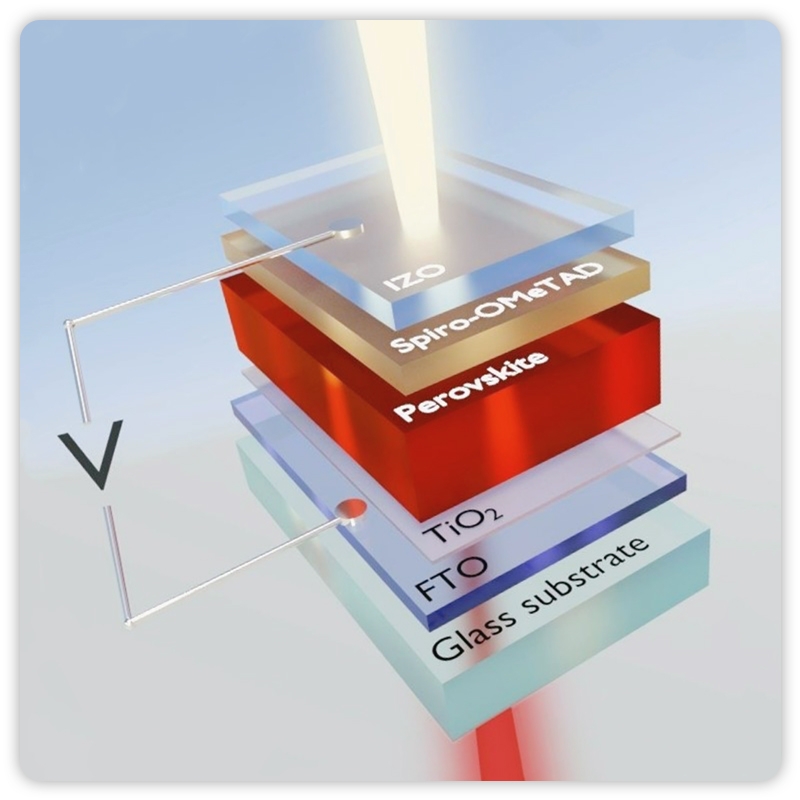Procedural induction of endothalization of blood vessels
-
Last Update: 2021-01-06
-
Source: Internet
-
Author: User
Search more information of high quality chemicals, good prices and reliable suppliers, visit
www.echemi.com
Recently, a team of
Du Xuemin Associate Researchers at the Nano-Regulation Center of the Institute of Advanced Technology of Shenzhen Advanced Technology Research Institute of China designed and constructed a topological shape-adjustable transformation material that can actively guide the function of endotential cells in blood vessels, providing innovative solutions for the core key issues in vascular regeneration and repair. The research results were published in National Science Review (National Science Review) under the title "A Stage-Specific Cell Device Platform for On-demand Endothelialization", with Du Xuemin, associate researcher, as the paper's correspondent, and team members Dr. Zhao Qilong and Wang Wei as assistant researchers as co-authors, with the Institute as the sole communications unit.
, according to WHO, cardiovascular disease now accounts for more than 30% of global deaths each year. Cardiovascular disease is the leading cause of death among cancers and infectious diseases. The research on vascular regeneration repair is of great significance to improve the treatment of cardiovascular disease and improve the survival rate and quality of life of patients with cardiovascular disease. In the process of vascular regeneration and repair, how to quickly form a fusion single-layer vascular endothial cell single-layer vascular endothalization is the core key, which determines the function and effectiveness of remodeling blood vessels. In order to improve vascular endothorization, we developed a bioactive vascular tissue engineering stent in our early work that can be transformed from two-dimensional to three-dimensional morphology, effectively supporting the three-dimensional adhesion growth of vascular endothyl cells in the vascular cavity, and creating favorable conditions for endothylization (Adv. Funct. Mater. 2018, 28, 1801027; ACS Appl. Mater. Interfaces 2018, 10, 23583)。 However, in the process of in vivo cortification, it is not enough to simply provide a static micro-environment suitable for the growth of vascular endothortic cells adhesion. Vascular endotrine cells are actually guided by the differentiation of dynamic cell micro-environments during endotrination, which shows stage-specific cell behavior. Therefore, it is necessary to construct a cell control material that can be programmed to induce endothialization of blood vessels.
to achieve procedural guidance of vascular endotrification, Du Xuemin's research team based on the previous construction of flexible driving materials research basis (Research 2019, 2019, 6398296; Matter 2019, 1, 626; J. Mater. Chem. A 2018, 6, 24748), successfully constructed a cell control material with photothermal response layer and dynamic topological form layer, which can dynamically regulate the behavioral function of endothial cells in blood vessels. The shape memory composite material has a stable anthomorphic initial appearance in the near physiological environment (37 degrees C), which can significantly promote the migration of endosthal cells on their surface and meet the regulatory needs of endoth endoblast cells in the early stages of endosthalization, while not changing the cell culture conditions (37 degrees C) and applying only 10 s of near-infrared light. The topological morphology of the material can be changed from anthomorphic to anomorphic, and at the same time, without affecting cell activity, it can effectively guide the vascular endotrical cell morphology and behavior from the state of migration to the state of adhesion, promote the formation of a single layer of the fusion of endotrical cells, and meet the regulatory needs of endotrification of vascular endotrical cells. The material constructed in this study with controllable topological surface successfully imitates the regulation and regulation of vascular endotrine cells by cell microencology in the process of in vivo cortification, and for the first time realizes the on-demand guidance of vascular endotrine, and puts forward an effective innovation strategy to accelerate the process of endotrine of blood vessels. Moreover, it is believed that this new strategy of constructing dynamically regulated cell functional materials will have broad application prospects in wound repair and regeneration repair of complex human tissue organs.
the above-mentioned research work has been the national key research and development program, the National Nature Fund, Guangdong Province, Shenzhen and other scientific and technological projects funded. (Source: Science.com)
paper link:
This article is an English version of an article which is originally in the Chinese language on echemi.com and is provided for information purposes only.
This website makes no representation or warranty of any kind, either expressed or implied, as to the accuracy, completeness ownership or reliability of
the article or any translations thereof. If you have any concerns or complaints relating to the article, please send an email, providing a detailed
description of the concern or complaint, to
service@echemi.com. A staff member will contact you within 5 working days. Once verified, infringing content
will be removed immediately.







